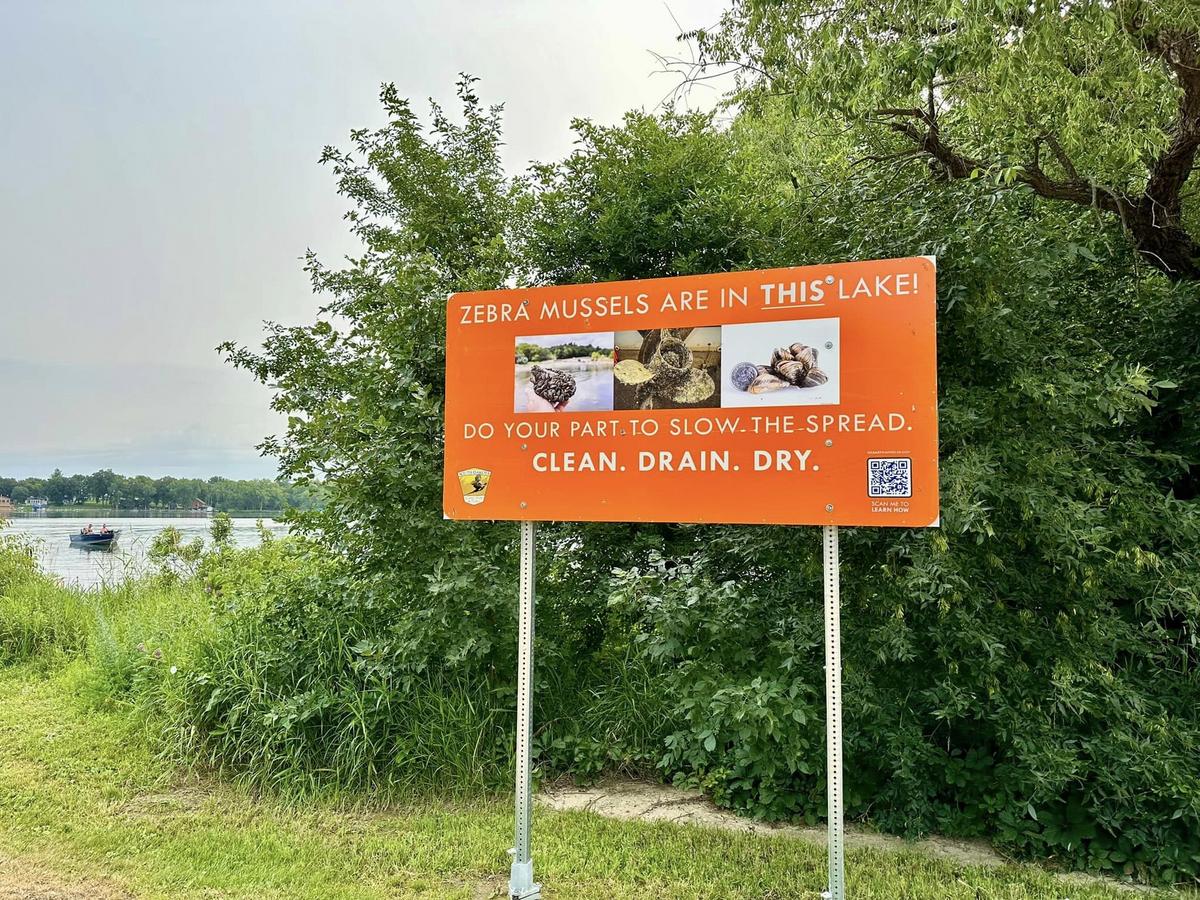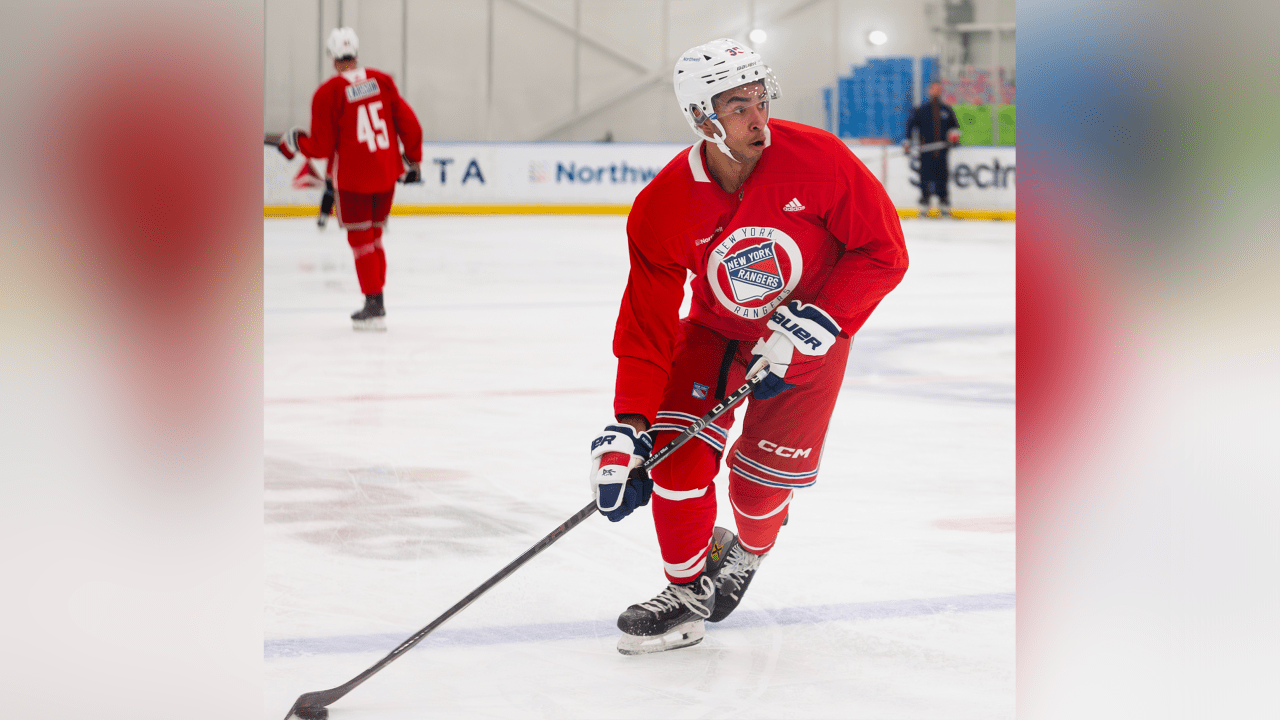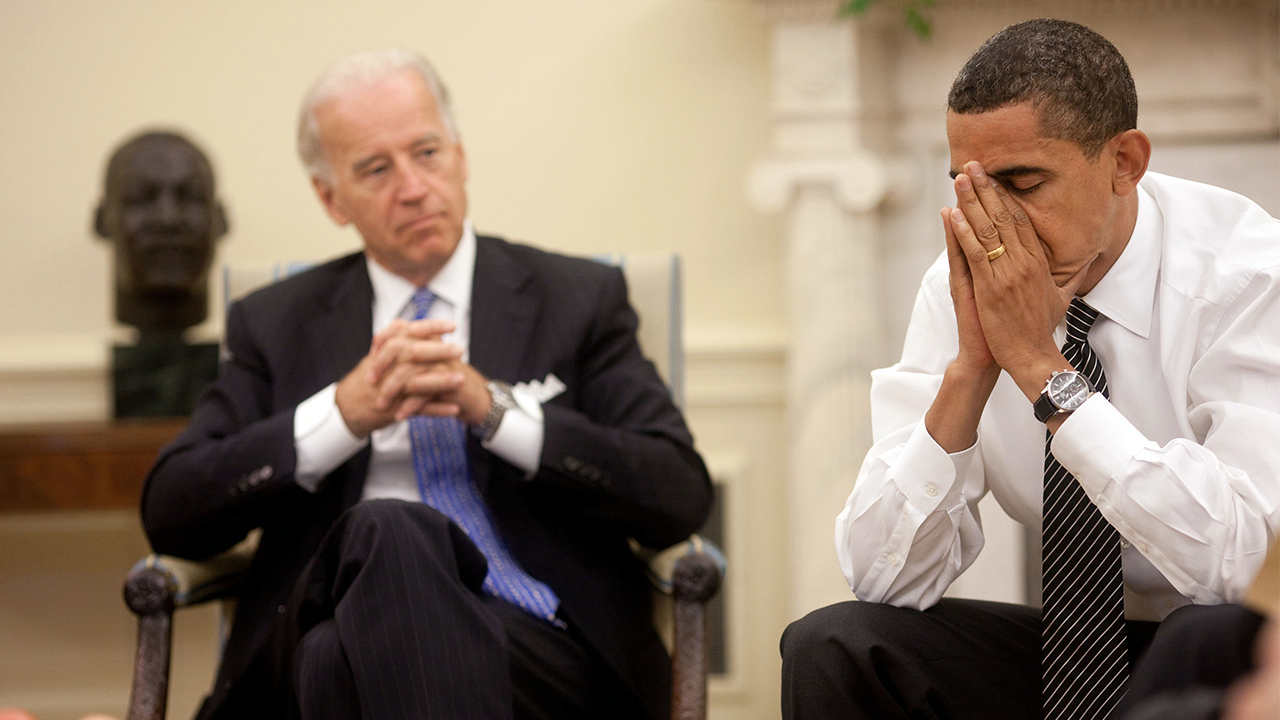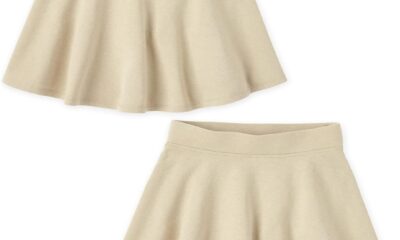North Dakota
North Dakota university leaders fear ‘catastrophic implications’ of new Minnesota free tuition plan

BISMARCK, N.D. (AP) — North Dakota higher education officials are deeply worried about losing students and revenue in 2024 when neighboring Minnesota makes public college and university tuition free for thousands of residents.
Officials estimate around 15,000 to 20,000 Minnesota students a year will use the free North Star Promise program, and North Dakota education officials are projecting an $8.4 million loss in combined tuition and fees in the first year alone, under one scenario.
Roughly 1,400 Minnesota students attending North Dakota colleges and universities might be eligible for the new program.
“This has catastrophic implications,” said David Cook, North Dakota State University’s president, at a recent State Board of Higher Education meeting. “This is a very serious situation for us.”
Minnesota students make up close to half the student body at North Dakota State in Fargo, their No. 1 out-of-state pick in their first year. They accounted for nearly 40% of the first-year students at the University of North Dakota in Grand Forks and North Dakota State College of Science in Wahpeton in fall 2021.
“Probably half of our football team comes from Minnesota, so that’s kind of a big deal to us,” College of Science President Rod Flanigan said.
North Star Promise will cover undergraduate tuition and fees at Minnesota’s public post-secondary schools for students whose family income is below $80,000 after they’ve tapped other sources of financial aid. It will take effect in fall 2024.
Kari Rod, 38, of Brooklyn Center, Minnesota, said North Star Promise will help her go back to college and finish her degree without taking on more student loans, and encourage her 13-year-old stepson to enroll in-state after high school.
“Our family had seriously considered moving” so the teen could take advantage of a program that covers college tuition for students who graduate from public schools in Kalamazoo, Michigan, Rod said. But after Minnesota’s program passed, they decided to stay.
The program also “opens up the world of possibilities” for her 5-year-old’s future, Rod said.
According to the Campaign for Free College Tuition, a national nonprofit, more than half the states now offer some kind of free college tuition, often with the word “Promise” in their program names. Seven set few eligibility limits.
Many others, like Minnesota, have income limits, have merit requirements, or are limited to specific schools or majors. The group says making higher education affordable for everyone is imperative to a workforce with the skills needed for the U.S. to compete in the global marketplace.
Democratic state Sen. Tim Mathern said he is drafting a bill similar to Minnesota’s program but for North Dakotans. He acknowledged the headwinds Democrats face in North Dakota’s Republican-supermajority Legislature.
“I don’t think we should decry what Minnesota has done,” Mathern said. “We should be spending our time being creative about what our abilities are.”
North Dakota education officials estimate it would cost over $17.2 million annually to pay tuition and fees for all students eligible for federal Pell Grants, amounting to about 4,300 students at five schools.
Minnesota’s move hasn’t sparked the same fears in other neighboring states. University of Wisconsin officials are expanding a free tuition program that started at its flagship Madison campus to 12 more schools this fall.
The presidents of North Dakota State and the University of North Dakota are leading a group to address the potential impacts of Minnesota’s free tuition on their schools, which are already recruiting students for fall 2024.
Lawmakers also plan to explore the implications through an interim legislative panel ahead of the next session in 2025.
“When we have all these alternate (education) delivery methods, and we have a traditional student base that is shrinking, and we have workforce issues — all of these things are creating an issue that’s bigger than a one-state response,” said Republican Rep. Mark Sanford, who chairs the panel.
Republican House Majority Leader Mike Lefor said he doesn’t want to “rush into a decision” on responding.
“We can’t just be reacting to different situations from different states,” Lefor told reporters. “We have to have good, solid policy going forward.”
North Dakota’s Legislature this year froze tuition statewide for all students for the next two years, a move meant to be competitive with neighboring states, including Minnesota.
Lawmakers need to respond while acknowledging that campus programs will still draw out-of-state students, said North Dakota University System Chancellor Mark Hagerott.
“I’m confident we can avoid catastrophe,” he said.
___
Karnowski reported from Minneapolis. Trisha Ahmed also contributed. Ahmed is a corps member for the Associated Press/Report for America Statehouse News Initiative. Report for America is a nonprofit national service program that places journalists in local newsrooms to report on under-covered issues. Follow Trisha Ahmed on Twitter: @TrishaAhmed15
Copyright 2023 The Associated Press. All rights reserved. This material may not be published, broadcast, rewritten or redistributed.

North Dakota
Zebra Mussels In North Dakota Lakes: Will It Really Be That Bad?

Zebra mussels are going to ruin all of our lakes right?
Okay, I know I’m going to take some heat on this, but here goes. We’ve been hearing about zebra mussels for a long time now. How they will destroy ecosystems, ruin beaches, clog up water intakes, compete with native species, etc.
You’ve seen the commercials and billboards from North Dakota Game and Fish, “Clean, Drain and Inspect.” Zebra mussels are a problem, but is it really all doom and gloom? More on that in a moment.
Zebra mussels are now in several North Dakota lakes and rivers, and you can bet more will be added in the future.
They include the Red River, Lake LaMoure, Lake Ashtabula, Lake Elsie, the James River, and the Sheyenne River all in eastern North Dakota.
So far western North Dakota has been spared, but you can bet zebra mussels are coming. Here’s a map and more on ANS-infested waters in North Dakota.
Humans are considered the primary transporter of zebra mussels, but there are other spreaders. According to Researchgate, waterfowl can transfer zebra mussels at the larvae stage.
What are we going to do about millions of migrating waterfowl each year? Not to mention other shorebirds, reptiles, and even mammals.
I’m very familiar with zebra mussels. I have a cabin on Enemy Swim Lake in northeast South Dakota. We’ve had zebra mussels present in the lake now going on for 3 years.
(A very small zebra mussel that was found on our beach this past weekend.)
Enemy Swim is located about 5 miles south of Pickerel Lake in South Dakota. Pickerel Lake has had zebra mussels for a few years longer than my lake.
Despite joint efforts from Fish and Game, cabin owner volunteers, and interns from Fish and Game with inspection points at the boat ramp, zebra mussels still found their way into my lake. I know we all did our part to prevent it, but I sometimes think that eventually, nature will take its course.
Will zebra mussels really ruin a lake?
There’s a lot of big claims and theories out there. No doubt it will affect your beach life. You will have to wear water shoes because zebra muscles can be sharp and could cut your feet. I know I swim with my water shoes normally anyway, as I don’t like creepy crawlies touching my feet in the water.
Will zebra mussels cause your lake property values to crash?
To be honest, no sign of that anywhere. Much of Minnesota’s lakes are infested with zebra mussels. People are still spending millions of dollars for cabins on Minnetonka, Pelican, or Detroit Lakes area lakes.
Even Pickerel Lake, next to my lake has people snatching up some very expensive million-dollar cabins. You can’t even find a cabin for sale on my lake. According to swnewsmedia, there’s no link between a drop in property values and zebra muscles.
Zebra mussels will actually clear up the water they infest.
This might improve the fishing, depending on the lake. Species like Smallmouth Bass, Perch, Walleyes, and even panfish are known to gorge on zebra mussels. You might catch bigger fish because of this.
With cleaner water means you will have more sunlight and more vegetation in the lake. Again, this is thought to improve the size of the fish. Fish will have more places to hide and grow bigger. It may cause anglers to adapt to new strategies to catch fish. In some cases, it could make fishing more difficult.
As far as whether zebra mussels will destroy the ecosystem of lakes?
I’m going to come right out and say it. I think this is highly exaggerated. I’m not a biologist and don’t claim to be one.
Zebra mussels have been in the Great Lakes since the 1980’s. The Walleyes and Smallmouth Bass have never been bigger. People are still catching fish and lakes are still alive.
Zebra mussels have been in Minnesota lakes now for decades and the cabin owners I know say nothing has changed except a little extra cleaning on the docks when they pull them out each year.
Lakes like Lake of the Woods, Mille Lacs, and all of the lakes around Detroit Lakes are still alive and well.
Let’s face it: Even the highly prized Walleye is an invasive species to lakes in our area.
In conclusion:
When zebra mussels reach your favorite lake it will certainly change the ecosystem. Your “lake life” will likely have to adapt to some necessary changes.
However, will zebra mussels turn your lake into a barren wastewater? I don’t think so. Adapt or die. That’s life in a nutshell.
Do I want zebra mussels in our lakes? No, of course not. However, I’m being realistic. Sometimes you have to look for the good with the bad.
North Dakota’s Top 11 Lakes According To Our Fans
Plant Some Of These In Your Garden to Keep Mosquitoes Away
Gallery Credit: Michelle Heart
North Dakota
Color of Hockey: Rangers prospect Emery 'comfortable' heading to North Dakota | NHL.com

Murphy played quarterback for North Dakota from 1960-62 and was its coach from 1978-79. He left a lasting impression on Eric Emery, especially after Cal Fullerton went 12-0 in 1984. Murphy died Oct. 29, 2011.
“I guess I kind of transported into EJ, the sense of respect I have for Gene Murphy and what he did for us at Cal Fullerton,” said the elder Emery, who went on to become a linebacker for the BC Lions, Calgary Stampeders and Ottawa Rough Riders of the Canadian Football League from 1985-87.
“He brought us together and he actually told us that we were going to be champions because he saw the capability in us. I just had to have him (EJ) go look at North Dakota because Gene came from there and a lot of his coaches that he brought with him came from there and they were such good guys. So I figured North Dakota must have something going on.”
There’s also a North Dakota connection between the younger Emery and NTDP coach Nick Fohr, who was born and raised in Grand Forks and regularly attended UND games with his father Roger, who was an off-ice official right up until when he died of cancer in January 2023.
“Oh yeah, we talked about it, for sure,” Fohr said. “Pretty cool place for me and it’s pretty cool to have somebody like EJ interested in that place.
“When people think of an EJ Emery, a Black kid that that’s looking to play hockey, rarely are they going to place him in North Dakota, right? We had some really good conversations about the city, the town and what it’s like. From talking to EJ and his family, they (UND) did a really, really, really good job in the recruiting process in making him feel comfortable, letting him see what it’s like and meeting some football players and other people. It just felt like home to him is how I took it.”
North Dakota hockey coach Brad Berry said Emery had been on the team’s radar since he played for Yale Hockey Academy in Abbotsford, British Columbia, in 2021-22.
“When we got to the recruiting process, he got to know us, we got to know him and it felt comfortable,” Berry said. “When we recruit players, we have a criteria of what we want in a player: It doesn’t matter where you come from or who you are. It matters what you are as a person, and he checked every box that we had.”
Emery (6-foot-3, 183 pounds) is UND’s first Black player since Akil Adams, a defenseman who appeared in 18 games from 1992-94.
North Dakota has had diverse rosters since. Washington Capitals forward T.J. Oshie, a United States-born player who is Indigenous, played there from 2005-08. Center Jordan Kawaguchi, a Canada-born player of Japanese ancestry, played for UND from 2017-21 and was team captain in his final season.
Emery’s selection by the Rangers and commitment to North Dakota delighted Adams, who played in the minor leagues and Germany after he left the university.
“I’m still a North Dakota guy through and through,” said Adams, who lives in Detroit. “He’s definitely in the right place and I’m happy to see that there’s actually somebody else there. I just think it probably speaks volumes about the kind of player he is.”
North Dakota
Huskers add top recruit in North Dakota to 2025 class

LINCOLN, Neb. (KLKN) – Matt Rhule and the Nebraska football staff got commitment No. 17 in the 2025 class on Sunday, adding four-star defensive lineman Kade Pietrzak.
The highly sought-after recruit from West Fargo, North Dakota, is the No. 1 recruit in his state and chose Nebraska over Oklahoma, Kansas State and Wisconsin.
Pietrzak checks in at 6-foot-5, 240 pounds and has been on Rhule’s radar since he was hired at Nebraska.
He will join two other defensive linemen in the class of 2025: Omaha North’s Tyson Terry and Malcolm Simpson from Texas.
Pietrzak is the second-highest rated recruit for Nebraska in this year’s class so far behind Simpson.
COMMITED‼️@HuskerFootball @CoachMattRhule @Coach_Knighton @HuskerCoachTW
#GBR pic.twitter.com/SAXF1FOQ2J— Kade Pietrzak (@KadePietrzak) July 21, 2024
-

 Politics1 week ago
Politics1 week agoTwo key states to see massive GOP voter registration operation
-

 World1 week ago
World1 week agoJapan, Germany agree to boost security cooperation in Pacific
-

 News1 week ago
News1 week agoWhy the next president's judicial appointments will impact climate action
-

 Politics1 week ago
Politics1 week agoYearslong tensions boil over as ex-Obama staffers gang up on Biden: 'Clooney was exactly right'
-

 News5 days ago
News5 days agoIn Milwaukee, Black Voters Struggle to Find a Home With Either Party
-

 News1 week ago
News1 week agoVideo: Biden Asks America to ‘Lower the Temperature’
-

 World1 week ago
World1 week agoUkraine: shelling in Kherson leaves at least two people dead
-

 Politics1 week ago
Politics1 week agoBiden tells Michigan crowd he's 'not going anywhere' amid chants of 'don't you quit'















